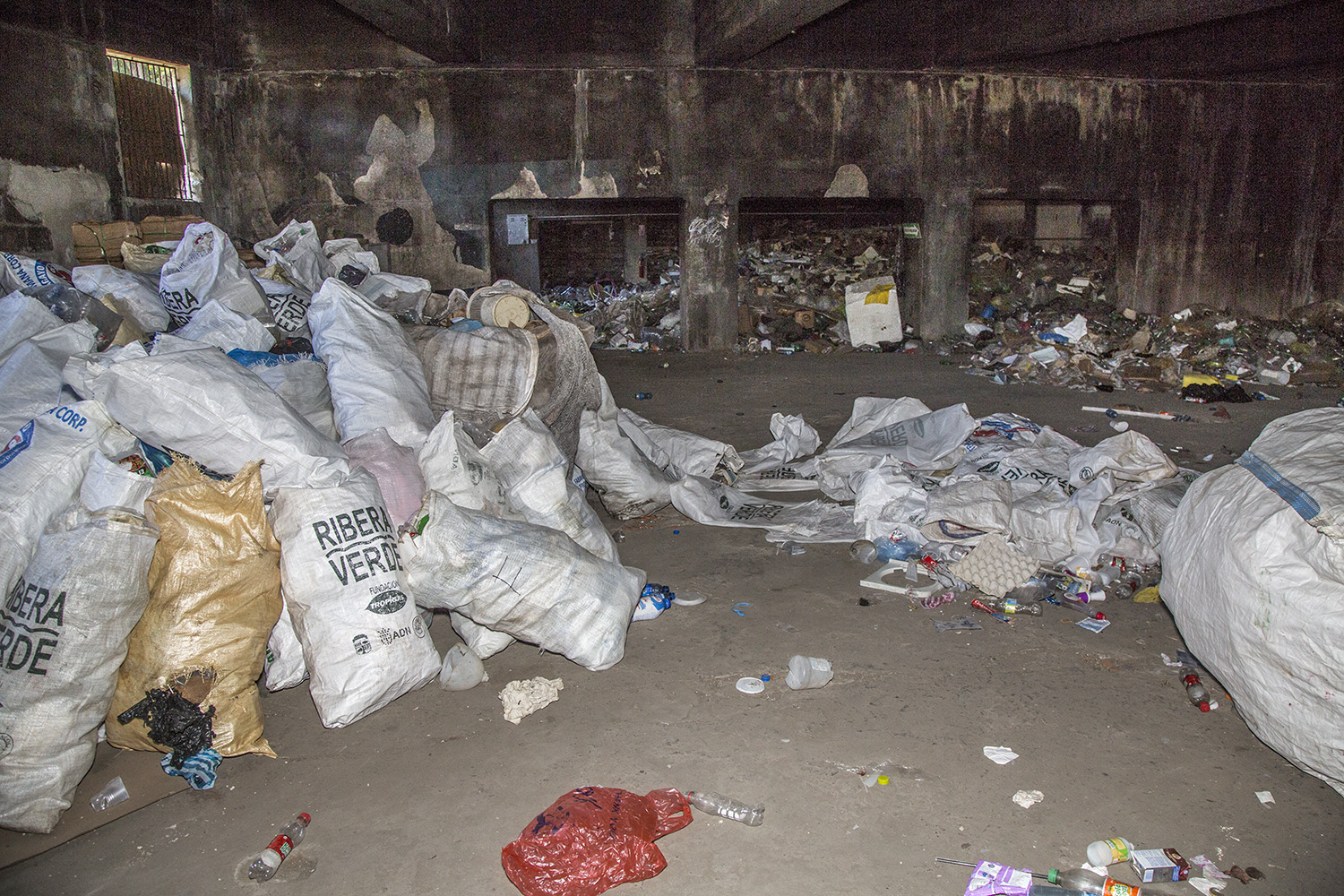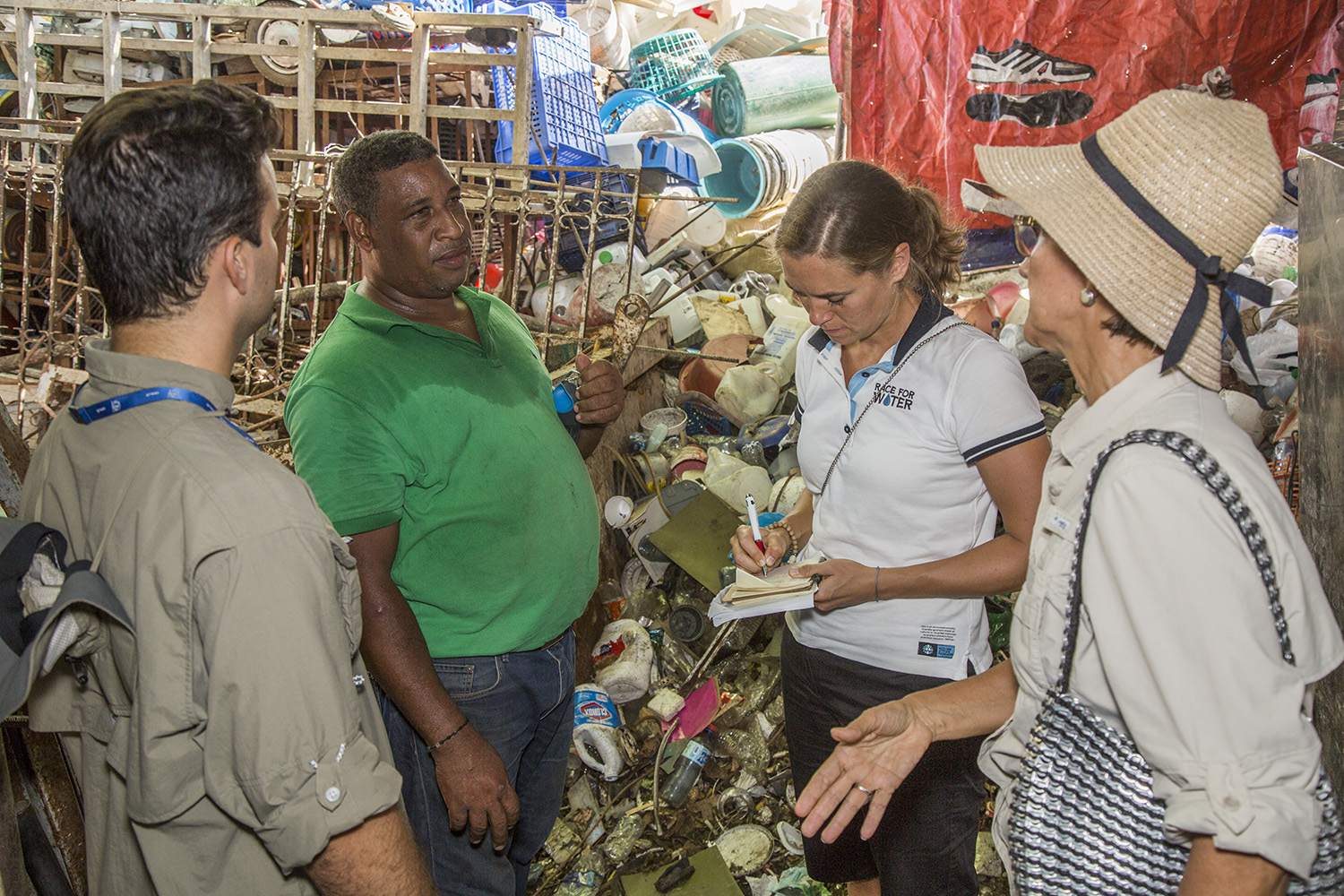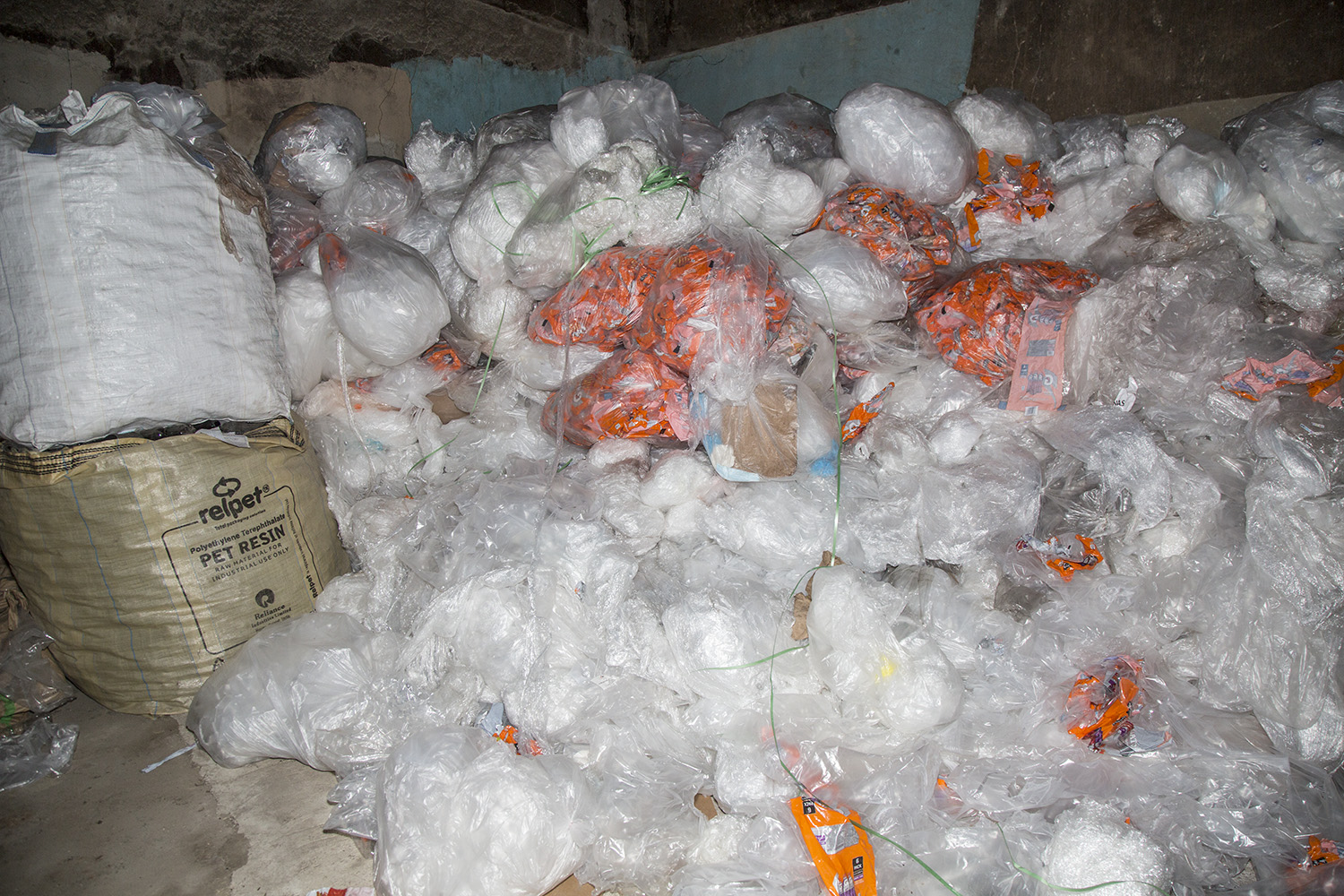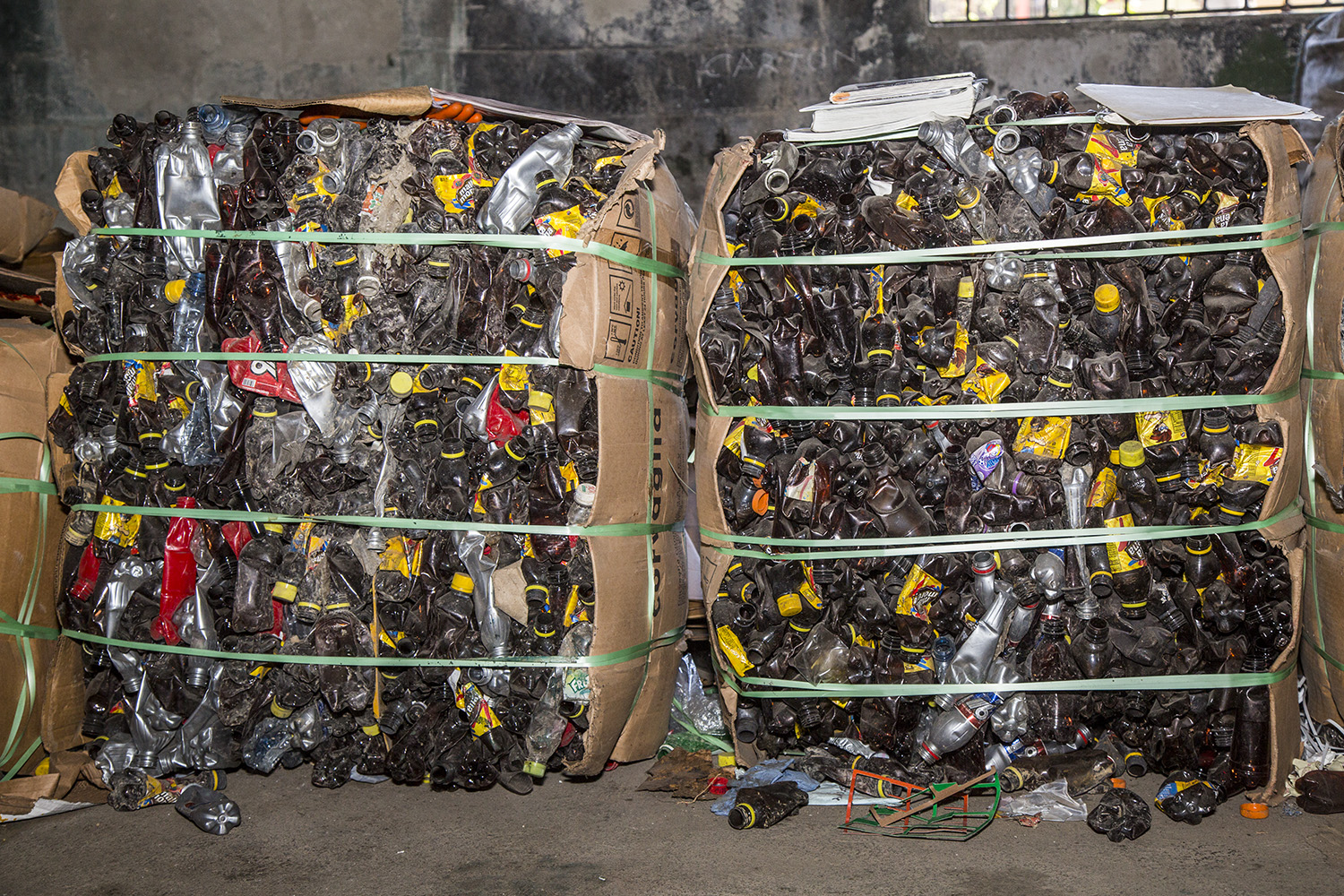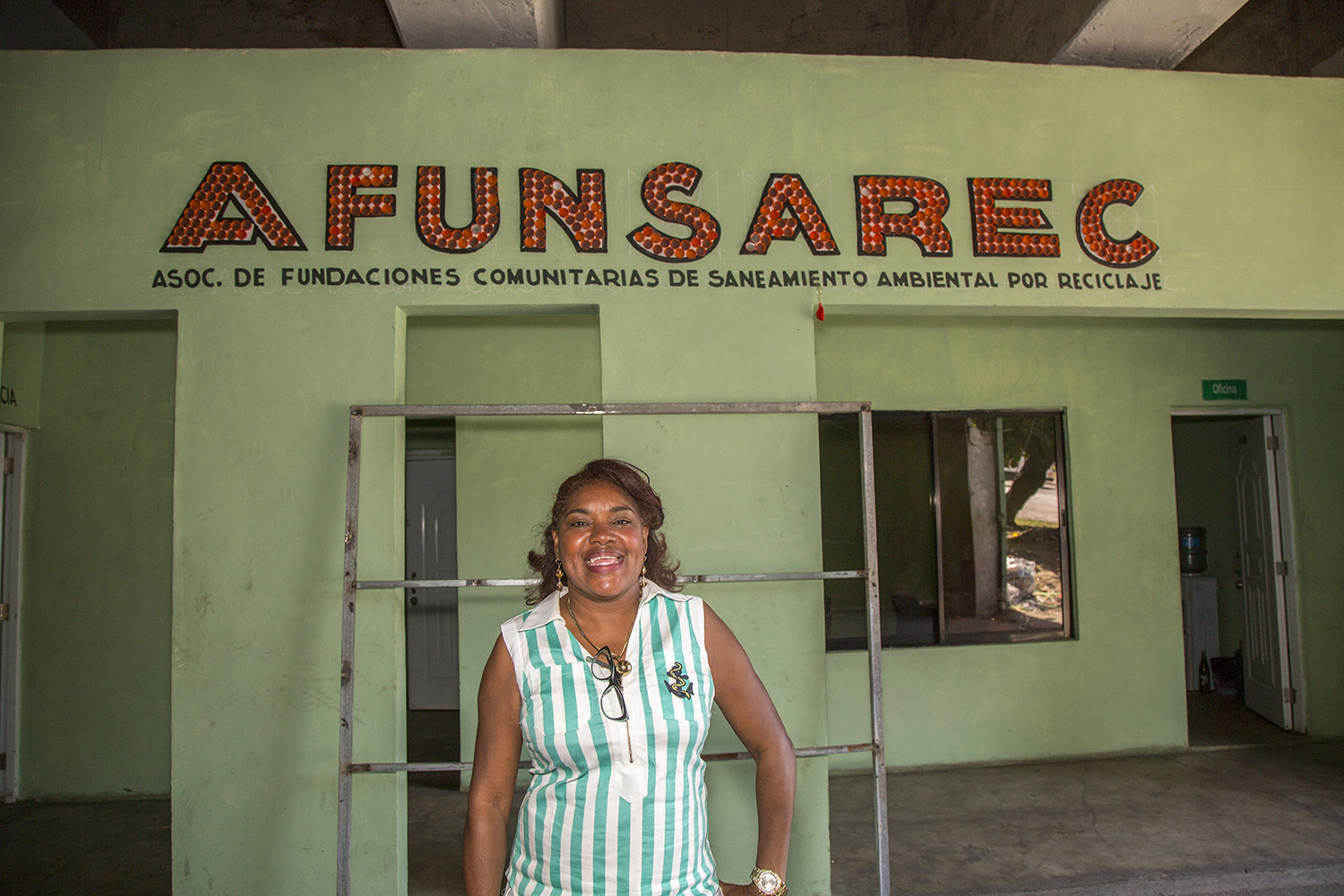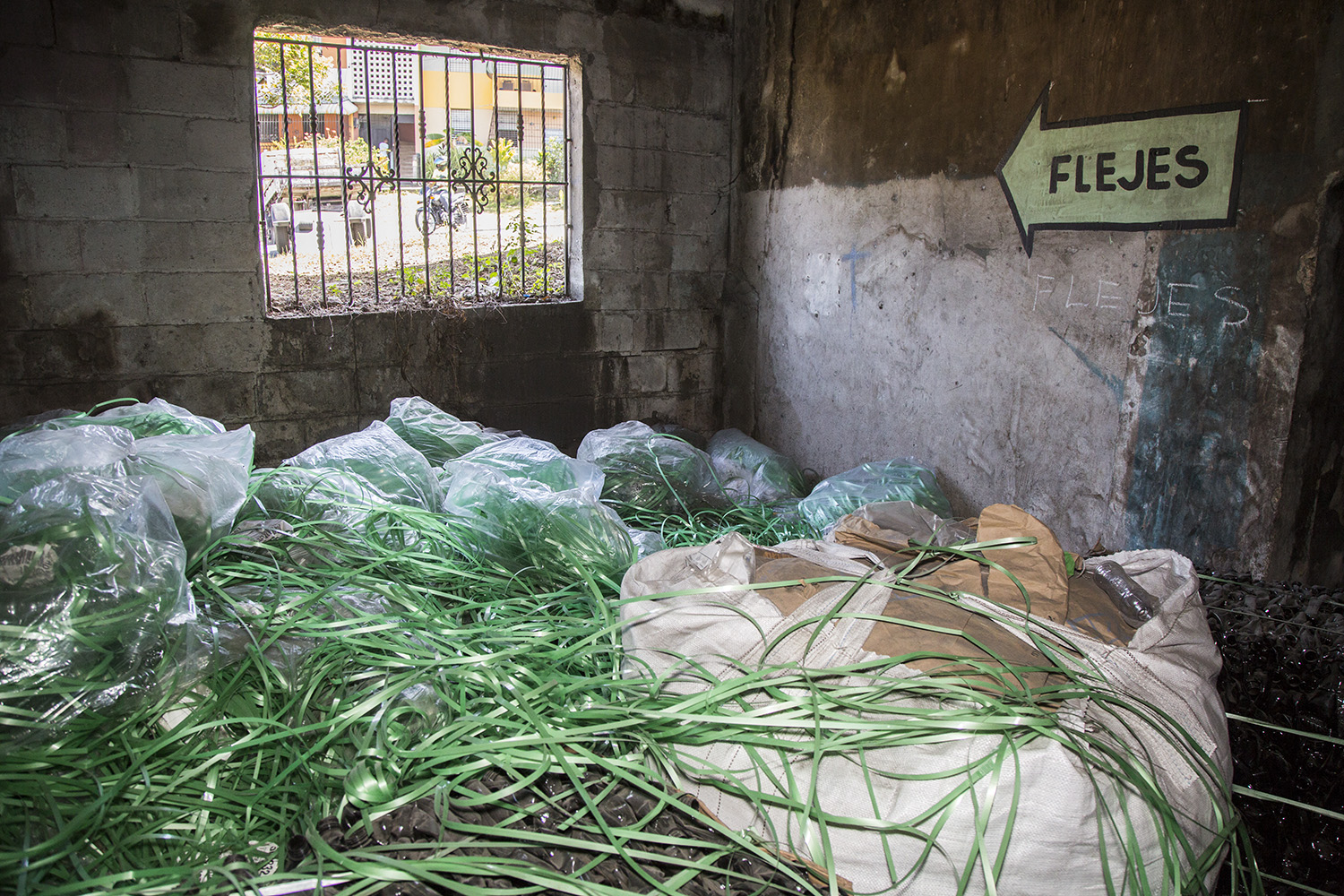On August 23, 2017, the ship Race for Water docked at the military port of Santo Domingo in the Dominican Republic. Thanks to the valuable support of the Dominican Army, the Swiss Embassy, and the Swiss Dominican Chamber of Business and Tourism, the Race for Water Odyssey team carried out numerous field actions. A stopover interspersed with Hurricane Irma, whose loss of lives, local damages, and environmental disaster we deplore. A terrible event which the increasing plastic pollution only darkens the picture, with 500,000 tons of plastic waste per year produced in the Dominican Republic. A situation on which the Foundation is trying to bring solutions.
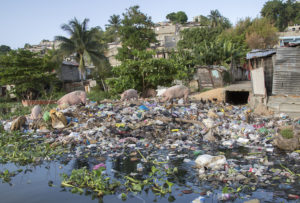 “Santo Domingo’s military port is located where the city’s two rivers flow into the oceans,” explains Camille Rollin. During heavy rains, we noticed that the number of wastes flowing into the sea increased considerably.
“Santo Domingo’s military port is located where the city’s two rivers flow into the oceans,” explains Camille Rollin. During heavy rains, we noticed that the number of wastes flowing into the sea increased considerably.
Part of the team then sailed up the Ozama River called “Rio” to investigate. After sailing for barely 10 minutes, the river passes through the city of Santo Domingo where 75% of the population lives on a quarter of the territory. Slum-like sheet metal houses seem to float on the water, among piles of rubbish. Chickens and pigs roam the rubbish heaps in search of food.
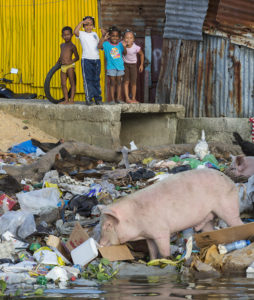
Children play in the midst of this overwhelming scenery. “People wash, bathe and fish in this water that has become opaque. Unaware of the devastating consequences, they throw their waste around every day,” says Camille Rollin.
“Some villages perched up the cliffs literally covered the rock with their rubbish down to the river.” The worst had yet to come. The decision was made to turn around when bubbles appeared on the surface of the water. “We first thought about methane, which is produced when organic waste decomposes. Then the water really boiled, and we noticed a strong smell of sulfur. Only the release of chemicals can create this kind of reaction…”.
Local NGOs
In the 2000s, a project was launched to clean up the river and the surrounding villages with the help of European funds. AFUNSAREC (Association of Community Foundations for Sanitation and Recycling) was created to clean up the area, organize the collection and raise awareness, working in close contact with local municipalities responsible for waste management. “These organizations clearly lack resources and are doing their best to ensure that most of the waste does not end up in water but in the garbage dump. They manage to send part of it in recycling. They don’t have to, but they do it because they know the environmental benefits,” says Camille Rollin.
The Race for Water Odyssey members also met Giny Heinsen. She is Navy auxiliary and has been involved for many years as an environmental consultant for the Sustainabilidad 3R program. She has been dealing with street collectors, businesses, schools, and governments to raise awareness in waste sorting and management and she is well known. “Thanks to Ginny, we were able to trace the entire plastic waste network chain,” says Camille.
Landfill – collection – sorting – recycling
The Santo Domingo landfill, called Duquesa, receives 80% of Santo Domingo’s solid waste. 420 garbage trucks dump their lots of meet, household, and industrial wastes every day, not to mention the wastewaters that also end up in the landfill. Among these mountains of rubbish, 900 collectors called “busos” (“divers”) work in inhuman living conditions. However, their knowledge is valuable. They have become recycling experts. They can identify without hesitation polyethylene, polypropylene, and PET, which are the only types of plastic with small recycling value in the region.
“The busos gather what they can in order to sell it to the landfill’s managers who have set up an association in order to benefit from a juicy market: indeed, they sell me at a high price the material recovered at low prices” says. Jorge Rizek, a wholesaler entrepreneur. After this first sorting inside the landfill, the wholesalers clean, shred and sort the plastic by color. “We can prepare up to three tons of waste a day with less than 10 people, but we depend heavily on the amount we recover from the Duquesa” explains the wholesaler. The material is then exported abroad or sold locally to recycling companies such as Frankenberg which was also visited with Ginny Heinsen. Much of their garden furniture and household products are made 100% from recycled plastic! A virtuous circle since the recycled product is apparently recyclable!
In addition to the Duquesa, the streets of Santo Domingo have their own recycling network with collection points that recover metal, aluminum, and cardboard more easily. “The recycled plastic industry is very difficult. For example, because of the fall in oil and the closure of some markets in China, the price of PET has collapsed in one year” explains Jadame Gonzalez, head of the city’s collection point, with 2 to 3 tons of plastic waste collected each month by the capital’s street collectors.
Such a network could evolve and improve thanks to energy recovery technologies such as the one proposed by the Foundation, which opens new opportunities for local management in terms of plastic waste treatment as well as value creation and energy production.
